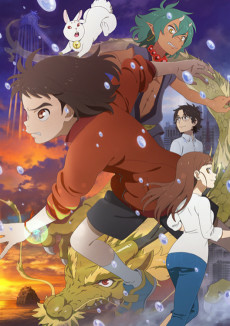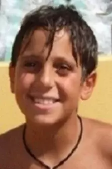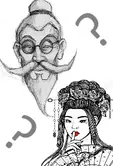
Kamiarizuki no Kodomo
Child of Kamiari Month, 神在月のこども, เด็กเดือนตุลา, Kanna y los dioses de octubre, Il mese degli dei, Kamiarizukis barn, L'Enfant du mois de Kamiari
A sixth-grade student named Kanna Hayama's love for running becomes a source of sadness after losing her mother Yayoi, who shared this passion with her. However, Kanna's outlook changes when she discovers an amazing truth about Yayoi. One day, while on a run, Kanna encounters a divine messenger in the form of her favorite rabbit Shiro and a demon boy named Yasha. They reveal to Kanna that her mother was an "Idaten," a descendant of the gods gifted with incredible speed, tasked with bringing offerings from all over Japan to the annual Kamiari Festival in Izumo. As Yayoi's daughter and the new possessor of the Idaten amulet, Kanna is expected to take on this responsibility; otherwise, dire consequences will befall the country in the upcoming year. Enthusiastic about seeing her mother again at the deities event, Kanna accepts the challenge with Shiro and Yasha's help. However, this marathon-like journey will not only test Kanna's physical abilities but also her emotional resolve.
Kamiarizuki no Kodomo is a Cretica Universal project, financed through three crowdfunding campaigns on Sony’s First Flight website from March 27, 2019 to June 1, 2020. While initially planned to be released in 2020, the film was delayed to 2021 due to the COVID-19 pandemic. Anime Expo Lite 2021 hosted a preview of the movie on July 3, 2021. Netflix streamed the film on February 8, 2022 after acquiring its distribution license.Inspired by the Japanese mythology behind Izumos Kamiari Festival, Kamiarizuki no Kodomo is an original story by Cretica Universals founder Toshinari Shinohe, who aimed to express and convey Japans rich culture to the world. A sticker rally was held in Shimane from October 8, 2021 to February 28, 2022, allowing visitors to see locations associated with the movie and obtain special stickers at three designated points. Kodansha issued three books based on the movie prior to its release on August 12, 2021, September 15, 2021, and September 30, 2021, respectively. The first was co-authored by the original creator himself; the second was a novelized version of the film; and the third was a picture book.




































